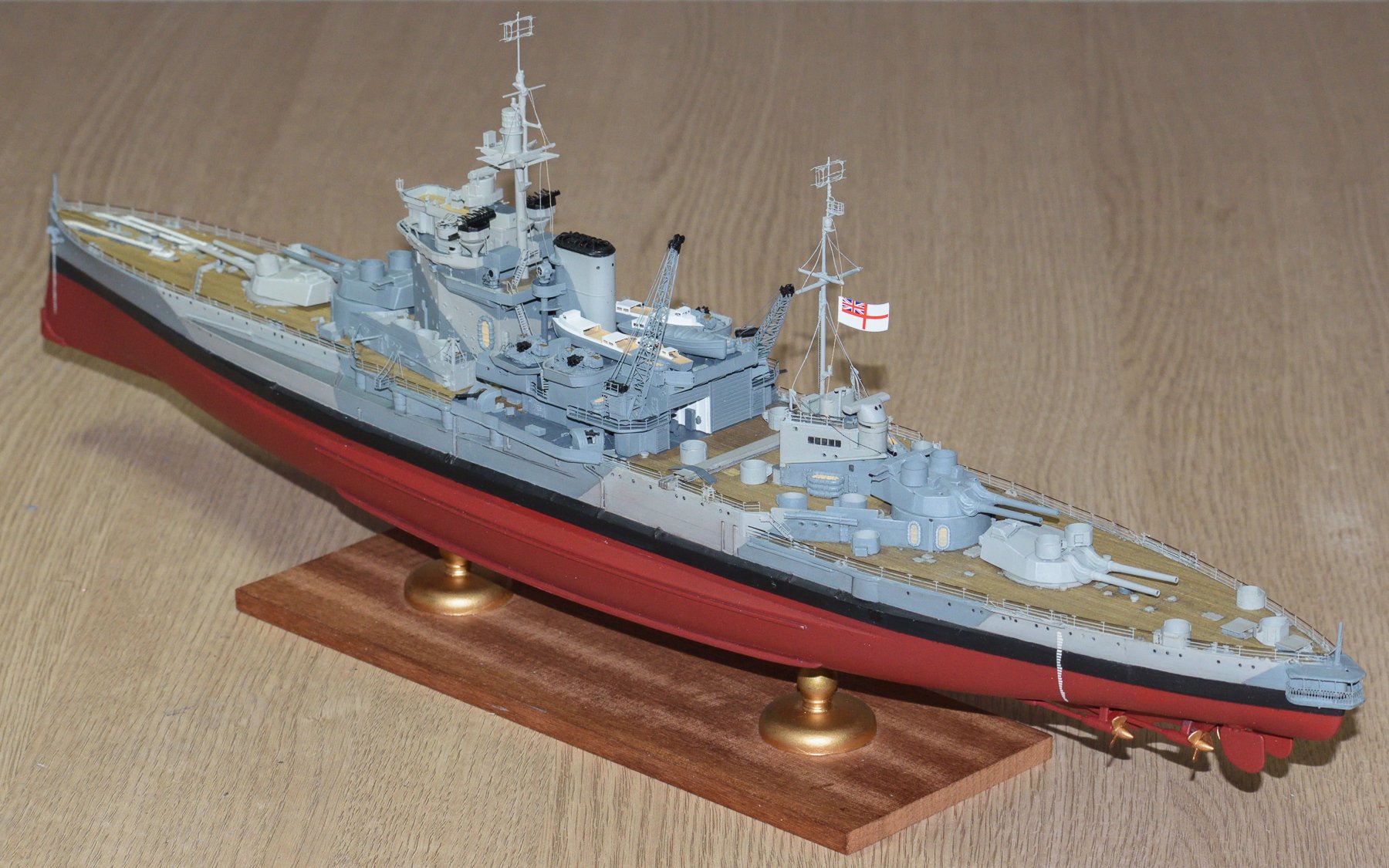-
Posts
12,095 -
Joined
-
Last visited
Content Type
Profiles
Forums
Gallery
Events
Everything posted by Old Collingwood
-
I have been cracking on with my spit (when its raining outdoors - must get me Vit D and see some planes (any planes) lol, I have been trying the same as others on here to do my bit to cheer our family on here up with my silly jokes and gags (not hard after writing nearly 1000) OC.
- 436 replies
-
- vanguard models
- alert
-
(and 1 more)
Tagged with:
-
Firstly hope you are all safe and sound. Hiya mate, lovely work on the second planking - its always hard to get it nice and tidy, as frankly I really made a dogs dinner of mine, but yours has come out really well with nice tight joins between the planks. I know what you mean about different plank widths and even the overall quality - some can be terrible with rough saw cut jagged edges, splits in them and as you say different thickness. With the liquid poly I personaly would do it last after the wales are fitted and any fine tune sanding was done, I assume you are going for a clean wood look without paint (nice) Hope that helps my friend. OC.
- 436 replies
-
- vanguard models
- alert
-
(and 1 more)
Tagged with:
-
Hi all, I did a bit more on the spit today - next was to build the first of the two wings rads, these are five section units - they were assembled then the rad filters inside were painted flat alum, with the indside bodywork cockpit green, there is then a rear adjustable vent cover that was fitted with an actuation lever in the open position, this area was also painted. After I used my pencil for some shading and white for highlighting. Just dry fitted will keep them off and fit after spraying the bottom. OC.
-
I built this kit about 45years ago😲 after visiting a replica of it in Brixham Devon. OC.
- 24 replies
-
- golden hind
- airfix
-
(and 1 more)
Tagged with:
-

AMT Body Snatcher - 1:25 by Fright
Old Collingwood replied to Fright's topic in Non-ship/categorised builds
As Jack said - something really different so well made and painted. OC. -
Superb EJ cant find any other words just a really perfect job. OC.
- 961 replies
About us
Modelshipworld - Advancing Ship Modeling through Research
SSL Secured
Your security is important for us so this Website is SSL-Secured
NRG Mailing Address
Nautical Research Guild
237 South Lincoln Street
Westmont IL, 60559-1917
Model Ship World ® and the MSW logo are Registered Trademarks, and belong to the Nautical Research Guild (United States Patent and Trademark Office: No. 6,929,264 & No. 6,929,274, registered Dec. 20, 2022)
Helpful Links
About the NRG
If you enjoy building ship models that are historically accurate as well as beautiful, then The Nautical Research Guild (NRG) is just right for you.
The Guild is a non-profit educational organization whose mission is to “Advance Ship Modeling Through Research”. We provide support to our members in their efforts to raise the quality of their model ships.
The Nautical Research Guild has published our world-renowned quarterly magazine, The Nautical Research Journal, since 1955. The pages of the Journal are full of articles by accomplished ship modelers who show you how they create those exquisite details on their models, and by maritime historians who show you the correct details to build. The Journal is available in both print and digital editions. Go to the NRG web site (www.thenrg.org) to download a complimentary digital copy of the Journal. The NRG also publishes plan sets, books and compilations of back issues of the Journal and the former Ships in Scale and Model Ship Builder magazines.


